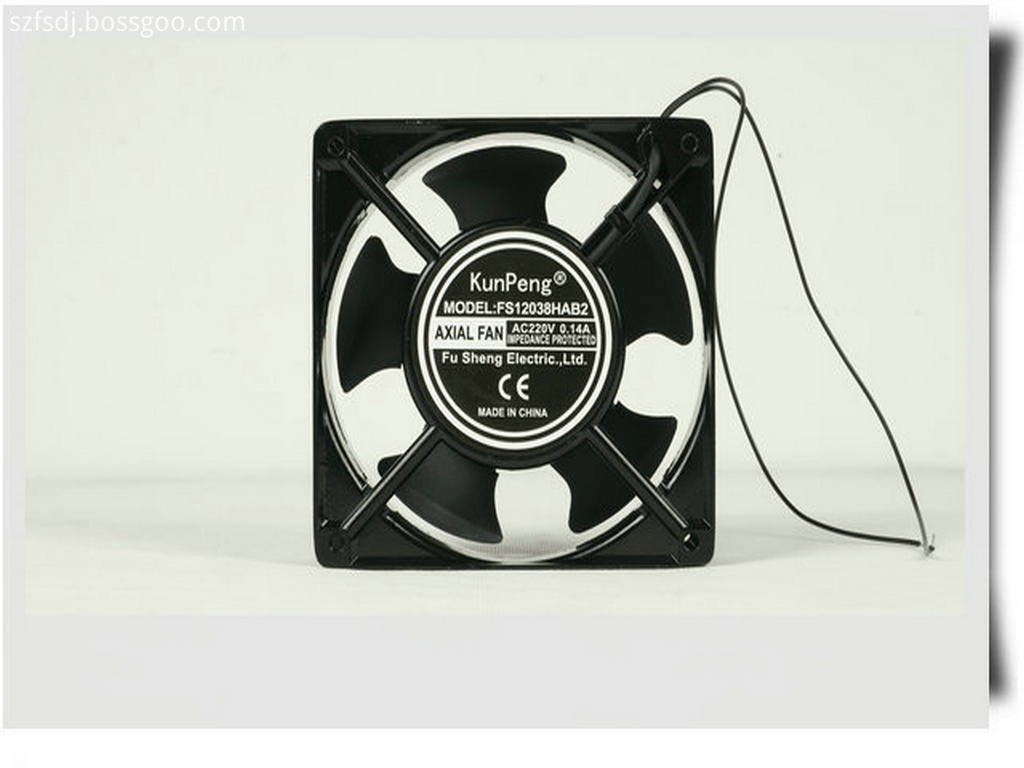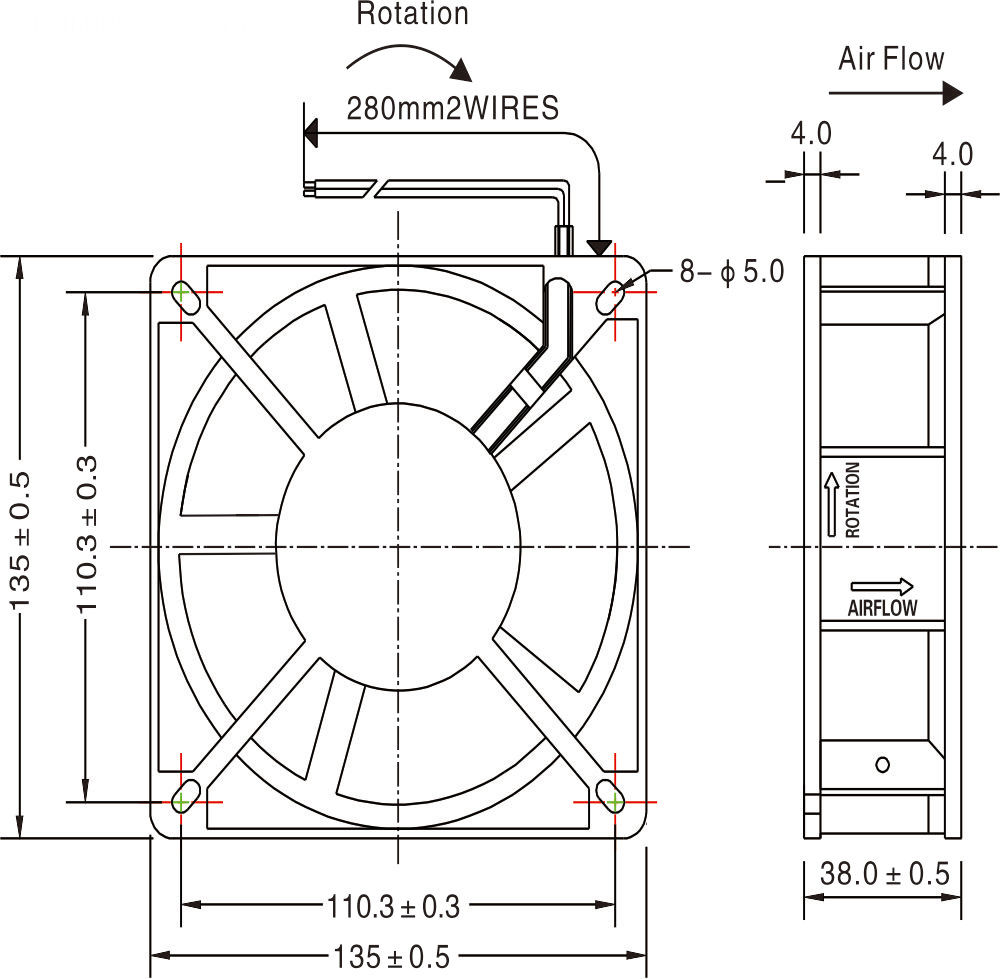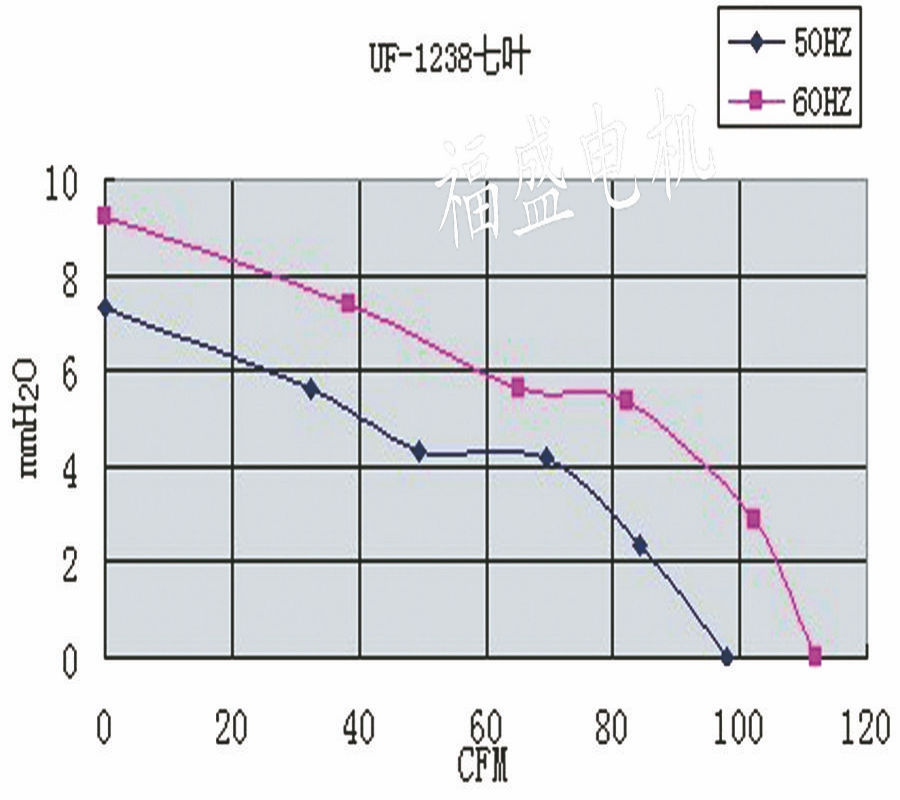The energy storage capacity of renewable energy has always been a major obstacle to the development of renewable energy. A team of researchers from the Massachusetts Institute of Technology (MIT) has developed a new all-liquid metal battery system that is inexpensive to manufacture. And long service life. According to the research team, the device allows wind and solar renewable energy to compete with traditional energy sources.
Project leader, MIT Materials Chemistry Professor Donald Sadoway has been working to explore "liquid batteries" that can reach grid-scale applications. We have reported that the MIT research team, also led by Donald Sadoway, has developed prototypes of liquid metal batteries, now The team introduced an improved version of the new liquid metal battery.
The liquid metal battery is not made of any solid material, and the cathode, anode and energy storage components of the battery are all made of melted liquid. The research team has experimented with many different combinations of ingredients over the years. In the earliest designs, the liquid part was made of liquid helium and liquid magnesium, and the energy storage element was made of sodium sulfide. Due to the different densities, several liquid metal materials do not mix with each other, and a layered structure appears like oil and water.
When using liquid helium as the electrode material, the system needs to maintain a high temperature of 700 °C to operate. After the improvement, the researchers used lithium and a mixed metal of lead and antimony to make the electrode, which reduced the working temperature to 400~500 °C. . At the same time, the researchers found that using this new material electrode gained more benefits, achieving a higher voltage than using only ruthenium, and a lower melting point than using only lead.
The research team said that the new version of the battery can work at lower temperatures, with a longer life and lower subject costs. In the test, it was found that after 10 years of daily charge and discharge, the battery still maintained 85% of the initial conversion efficiency (initial conversion efficiency was about 70%).
What about the AC Cooling Fan? Where are they to use?
Let's keep understanding
AC motor is used to achieve the exchange of mechanical energy and AC power of machinery.
Due to the tremendous development of AC power systems, AC motors have become the most commonly used motors.
Compared with the direct current motor, the alternating current motor does not have a commutator (see commutation of the direct current motor), so the structure is simple, the manufacture is convenient, the structure is firm and the motor with high speed, high voltage, high current and large capacity can be easily made. AC motor power range, ranging from a few watts to several hundred thousand kilowatts, or even millions of kilowatts. In the early 1980s, the largest turbine generator reached 1.5 million kilowatts. The AC motor was invented by a Serbian American scientist Nikola Tesla
AC, referred to as AC. also known as "alternating current", referred to as "exchange." Generally refers to the size and direction of the cyclical changes over time voltage or current. Its most basic form is a sinusoidal current.Hippolyte Pixii created the first AC motor based on the principle of Michael Faraday by Michael Faraday in 1832
Ac Cooling Fan side table
side
voltage
bearing
line materials
current
weight(g)
remark
6030
110V/220V
sleeve/ball
QA
normal
145
8025
110V/221V
sleeve/ball
QA
normal
240
8038
110V/222V
sleeve/ball
QA
normal
290
9225
110V/223V
sleeve/ball
QA
normal
280
9238
110V/224V
sleeve/ball
QA
normal
340
11025
110V/225V
sleeve/ball
QA
normal
300
12025
110V/226V
sleeve/ball
QA
normal
320
12038
110V/227V
sleeve/ball
QA/CCA
normal
530
CCA old-ball
13538
110V/228V
sleeve/ball
QA
normal
570
15050
110V/220V/380V
sleeve/ball
QA/CCA
normal
800
17238
110V/220V/381V
sleeve/ball
QA
normal
760
17251
110V/220V/382V
sleeve/ball
QA/CCA
normal
800
17255
110V/220V/383V
sleeve/ball
QA
normal
850
18060
110V/220V/384V
sleeve/ball
QA/CCA
normal
950
20060
110V/220V/385V
sleeve/ball
QA/CCA
normal
1540
22060
110V/220V/386V
sleeve/ball
QA/CCA
normal
1540
22580
110V/220V/387V
sleeve/ball
QA
normal
2140
25489
110V/220V/388V
sleeve/ball
QA
normal
1900
30030
110V/220V/389V
sleeve/ball
QA
normal
2900
DY-2
110V/228V
sleeve/ball
QA
normal
1000
As shown 12038 AC Cooling fan

It can be used for ventilating or enhancing the heat dissipation in metallurgy, chemical industry, light industry, foodstuff, medical equipment, machinery equipment and civil buildings, etc. If the case is removed, it can also be used as a free fan, The pipes are installed in series in order to increase the pressure in the pipes.
Axial fan features:
Small axial fans: low power consumption, fast cooling, low noise, energy saving and environmental protection. Because of its small size and more extensive use.
Ac Fan,Ac Mini Alloy Fan,Ac Induction Motor Fan,High Efficiency Ac Fan
Shenzhen Fusheng Motor Co.,Ltd , http://www.fushengfan.com

